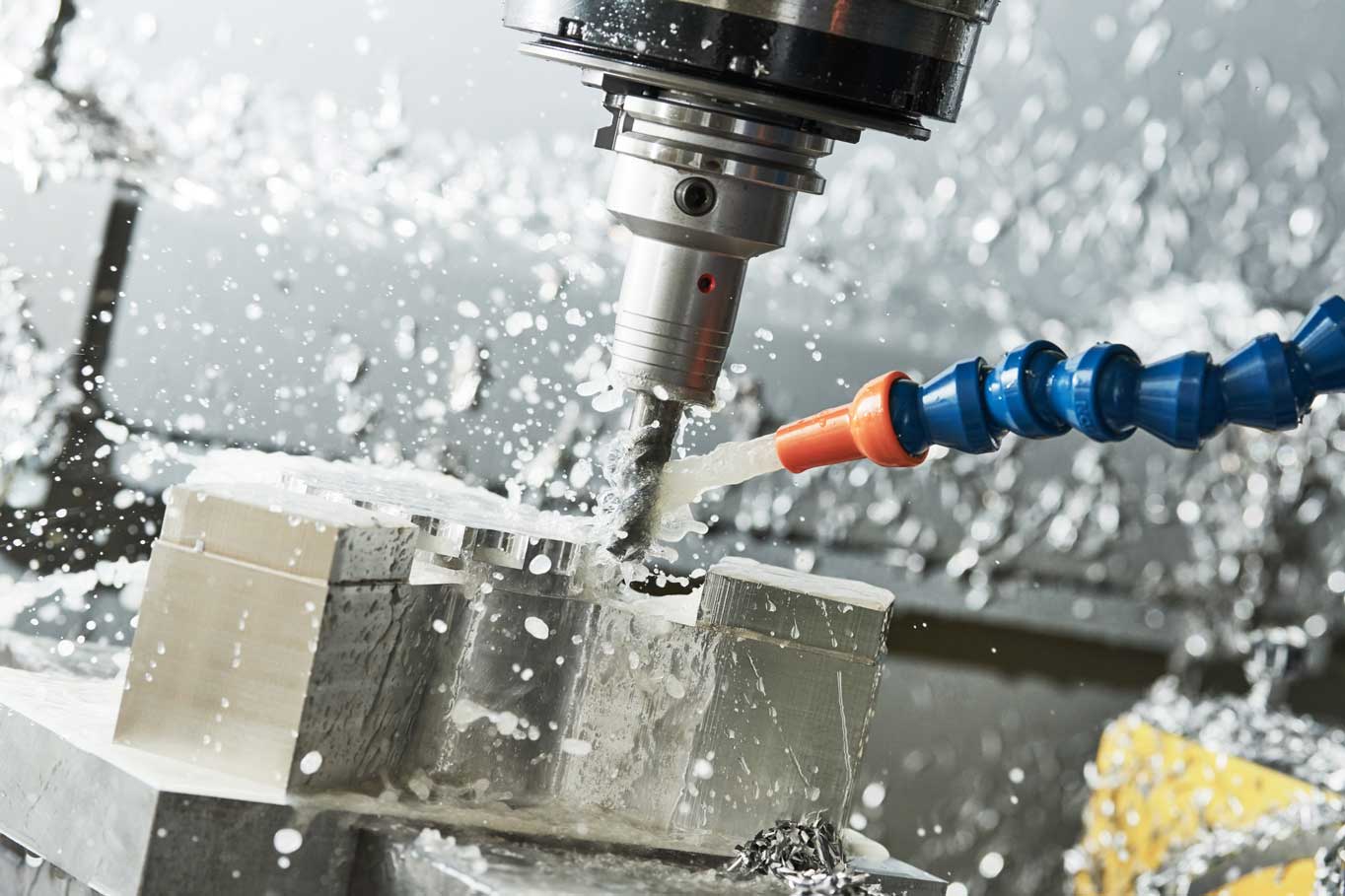
Forty years ago, in the world of big corporate manufacturing, computers started making their way into the factories. Computer Numeric Controlled (or CNC) machines, that ran off a collection of punch cards with intricate patterns of holes punched into them, ran huge milling machines and lathes. They were cumbersome, but fast, and each machine cost more than a nice house.
Fortunately, for you, the house craftsman, those days are gone. It is now entirely possible, practical, and affordable to possess your own CNC router, CNC mill, CNC lathe, CNC laser cutter, or CNC plasma cutter. With only the most basic PC computer, a couple of hundred dollars worth of software, an identical investment in hardware and electronics, as well as your own ingenuity, You could have a CNC machine in your home workshop.
A CNC machine could be a great supplement to a spare time activity that you curently have... like building model airplanes, model railroads, or woodworking. When you are into electronics, a small CNC router can etch and drill printed circuit boards. Assuming you have kids in the home, a CNC machine can be a terrific way to help them with science fair projects, robotics projects, or making arts and crafts projects.
CNC machines can cut or machine intricate detail, and do it very quickly. You've probably admired some of these intricate wall hangings that are cut with a jig saw.... where in fact the craftsman spent literally thousands of hours drilling through the workpiece, detaching the saw blade, threading the blade by way of a hole, reattaching the blade, making the cut, and repeating the procedure. A CNC router can do the same work in a fraction of that time period, plus much more accurately.
A CNC Router is just about the most versatile kind of machine. It can make heavy cuts and do sculpting in three dimensions, or you can put a swivel knife cutter into the router chuck, and do vinyl sign and graphics cutting. With the correct software, it is possible to digitize (or "Reverse Engineer" a component) utilizing a probe mounted in the router chuck to "trace" the contours of a part. The computer will "Remember" the form of your original, and enable you to duplicate the spend the the router, cutting it from the block of wood or other material.
And a CNC router could possibly be the start of a part-time.. or even full time business. You can carve beautiful wooden signs, cut out wooden toys, or model airplane or railroad components. You can carve original patterns, and make molds from them, to produce figurines, plaques, picture frames or other cast parts. Perhaps you have admired wooden clocks ? A CNC router is a wonderful solution to make one... or dozens. If you're a frustrated inventor, you can cut mechanical parts for prototypes, from the range of materials including wood, plastics, aluminum, composite materials like carbon fiber laminate, or printed circuit board material.
So how can you get started? An excellent place to begin is with the ABC's of CNC video. This two hour long DVD takes you through the entire CNC workflow... you start with the basics of machine designs, G Code, CAD and CAM software, and finally through the actual cutting process. You will see sample parts start as a design, sketched on a napkin, taken through CAD software, and on to the Computer Assisted Machining (CAM) software where in fact the actual cutting paths to make the part are manufactured. CNC Cutting Gwent from the CAM program then goes to the actual machine controller, which converts the digital information into actual motion... to slice the part.
You do not need to be an electronics whiz... nor a computer programmer... nor a machinist. The ABC's of CNC video will highlight where to start, where to look for parts and resources, and how exactly to put everything together.. to make your personal CNC machine. It's fun and rewarding. It'll open up a whole new world of precision, speed, and repeatability.
